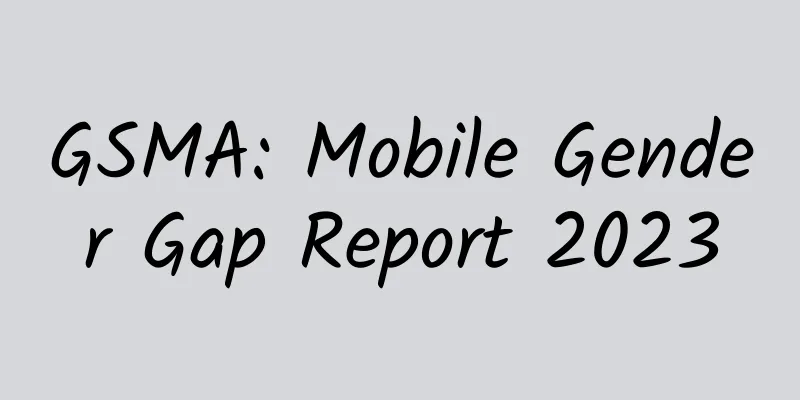Polycystic ovary taking Diane 35

|
There are many treatments for polycystic ovary disease, with medication and surgery being the most common. In terms of drug treatment, taking Diane 35 is the main way to treat polycystic ovary. However, how to treat polycystic ovary is related to the condition. You cannot rely solely on drugs for treatment. Only appropriate methods can ensure the best treatment effect. Let’s take a look at the main treatments for polycystic ovary. Polycystic ovary syndrome is common in ovarian lesions, causing endocrine disorders, menstrual disorders, etc., but this endocrine disorder may be an imbalance of many hormones; for example, high androgen levels are generally treated with Diane 35; low estrogen levels require estrogen supplementation, and high prolactin levels require treatment with drugs such as bromocriptine. Currently, the use of Diane-35 to treat polycystic ovary syndrome is a relatively good measure, and it is generally effective when taken for more than 3 months. Surgery The treatment of PCOS patients has always been a difficult problem in clinical treatment. The earliest effective treatment was bilateral ovarian wedge resection (BOWR) reported by Stein and Leventhal in 1935, which ushered in the era of surgical treatment of infertility. Surgical treatment can reduce some granulosa cells in the ovaries, reduce the production of androgens by the ovarian stroma, and thus reduce the level of circulating androgens, and then reduce GnRH, causing a further decrease in serum androgen concentrations. This also shows that the ovarian stroma is also regulated by the pituitary-ovarian axis. Due to the decrease in androgen levels, most patients can resume spontaneous ovulation and menstruation after surgery, and some may become pregnant naturally, but most pregnancies occur about 6 months after surgery. Surgical treatments are divided into the following categories according to different methods: (1) Bilateral ovarian wedge resection (BOWR) is the earliest and most effective method for treating anovulatory PCOS. The surgery requires the removal of 1/3 of the ovarian tissue. Stein et al. reported that 95% of patients were able to resume normal menstruation after surgery, and the pregnancy rate could reach 85%. Subsequent reports confirmed the effectiveness of this method, but the success rate varied greatly. However, this method has a variety of adverse reactions, including adhesion formation after surgery leading to tubal infertility. There are also reports of premature ovarian failure after surgery. Because this method causes great damage, it is rarely used nowadays. (2) Laparoscopic ovarian electrocautery or laser drilling (LOD) Currently, the preferred surgical treatment method is laparoscopic ovarian drilling using thermal penetration or laser. The response to postoperative ovarian induction treatment is improved, the multiple pregnancy rate is reduced due to medical intervention, and the incidence of postoperative adhesions is significantly reduced compared with ovarian wedge resection. It is mainly suitable for second-line treatment of patients with clomiphene resistance. It has a high rate of single follicles and avoids multiple births and OHSS problems. Especially for those with BMI less than 29 and free androgen index less than 4, the treatment effect is good, with an ovulation rate of 80% to 90% and a pregnancy rate of 60% to 70%. (3) Transvaginal hydrolaparoscopy (THL) is mainly used to examine the fallopian tube and ovarian structure in patients with infertility without obvious pelvic causes. The cumulative pregnancy rate of 6 months after ovarian drilling treatment of clomiphene-resistant PCOS patients reached 71%. 3. Assisted reproductive technology For PCOS patients who have ovulated but have not become pregnant after more than 6 months of standard ovulation induction cycle treatment, or patients who have not ovulated after multiple drug ovulation induction treatments and auxiliary treatments and are in urgent need of pregnancy, assisted reproductive technology such as embryo transfer can be chosen. (1) In vitro fertilization (IIVF) IVF-ET is an effective treatment for patients with refractory PCOS. (2) In vitro oocyte maturation (IVM) is a technology that simulates the maturation environment of oocytes in vivo, allowing immature oocytes collected from the ovaries to reach final maturation in vitro. The high androgen level in PCOS patients makes it easy for them to have too many follicles recruited but maturation disorders during ovulation induction. Therefore, IVM technology provides a new way to treat infertility in PCOS patients. |
<<: Mugwort leaves for polycystic ovary
>>: Polycystic ovary ovulation test strips
Recommend
Is the sesame oil used in rice noodles the same as the pepper oil? What are rice noodles made of?
Rice noodles are a specialty snack in Yunnan, Gui...
O-shaped legs girls successful matching pictures
The matching of clothes can not only make a perso...
What are the disadvantages of abortion?
There are many unexpected pregnancies nowadays. M...
The fasting blood sugar level was normal during the physical examination, so why was I suddenly diagnosed with diabetes?
Editor: Liu Yang and Zhao Na Proofread by Li Na a...
What to do if you have postpartum mole, ulcer or constipation
After forty weeks, the pregnant woman finally gav...
I have a bad stomach, a loss of appetite, feel full after eating a little, and often have acid reflux. What should I do?
A friend of Huazi said that she had a bad stomach...
Does cervical cancer cause bleeding every day?
Cervical cancer, like breast cancer, has now beco...
What tests should I take if I am not pregnant?
There are many reasons for female infertility, in...
How to deal with abdominal pain during menstruation
Every month, women have their old friend coming, ...
Symptoms of Qi and Yin Deficiency in Women
Qi and Yin deficiency is actually a symptom of a ...
What is Zhang Ruoyun's hand gesture? How can I do Zhang Ruoyun's hand gesture?
Zhang Ruoyun is on the hot search again! As expec...
What to do if vaginal inflammation causes pimples
If you have vaginitis, you should receive regular...
Pregnant with ejaculation outside the vagina
Some couples use the method of external ejaculati...
What's the reason for the black one below?
The vagina is the female reproductive and sexual ...
My stomach hurts at night after a few days of medication abortion
For women who do not take proper contraceptive me...









